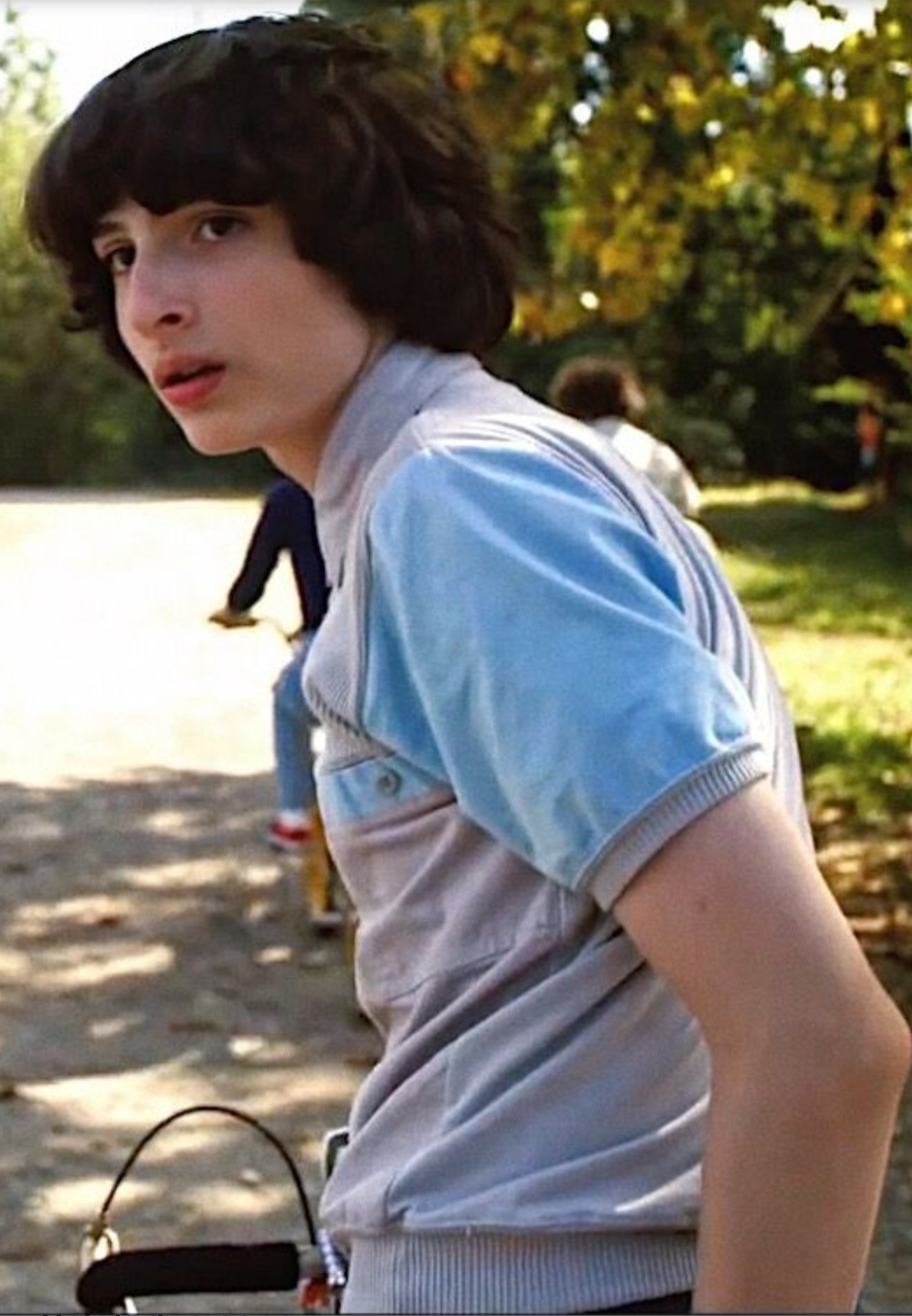

These books were compiled between 18 in order to determine the amount which occupiers of agricultural holdings over one acre should pay in tithes (a 10 per cent religious tax) for the upkeep of the Church of Ireland. There is no record of any Feenys in the Tithe Applotment Books for the Parish of Mayne. They may, however, have had relatives in the Parish as there are several instances found in church records connecting them to the Tormey family. There are no notations in the church records to indicate where the Feenys came from or what brought them to Mayne Townland. There are no Feenys mentioned in the Church records of neighbouring townlands.

This suggests that the family probably moved into the district not long before 1815. The names Feeny and Feeney occur in the surviving Church records only on about a dozen occasions, and only between the years 1815 to 1864. Sadly for family historians, some of the text has faded beyond reading and quite a few pages are missing from the record books. Fortunately, the parish priests of Mayne were of the conscientious type, and they kept records from the latter part of 1777. Prior to that, such records were often kept only by the conscientious priests, as they were under no legal or ecclesiastical obligation to do so. Civil registration of baptisms, marriages and deaths in Ireland did not begin until 1 January 1864. The Catholic Parish of Mayne lies within the Civil Parish of Mayne in the Barony of Fore, County Westmeath. Its Irish name Maighean literally means ‘farmstead’. Geographically, Mayne Townland consists mainly of farming land and low-lying bog land. The only village in the Civil Parish of Mayne is Coole, which lies in the townland of Coole (formerly Faughalstown) and borders the townland of Mayne.

The Civil Parish of Mayne comprises 19 townlands, including the townland of Mayne. She is identified as passenger 97 on the Tippoo Saib, which arrived in Port Jackson on 29 July 1850.Įlizabeth, the daughter of Edward Feeny and Jane Thompson, was baptized on 27 June 1832 in the Townland of Mayne (Irish: Maighean), County Westmeath, Ireland. This is the story, as much of it as I have been able to put together, of Elizabeth Feeney, a young Irish Catholic orphan who migrated to the Australian colonies under the sponsorship of Earl Grey’s Famine Orphan Emigration Scheme. From County Westmeath, Ireland to County of Westmoreland, New South Wales.


 0 kommentar(er)
0 kommentar(er)
